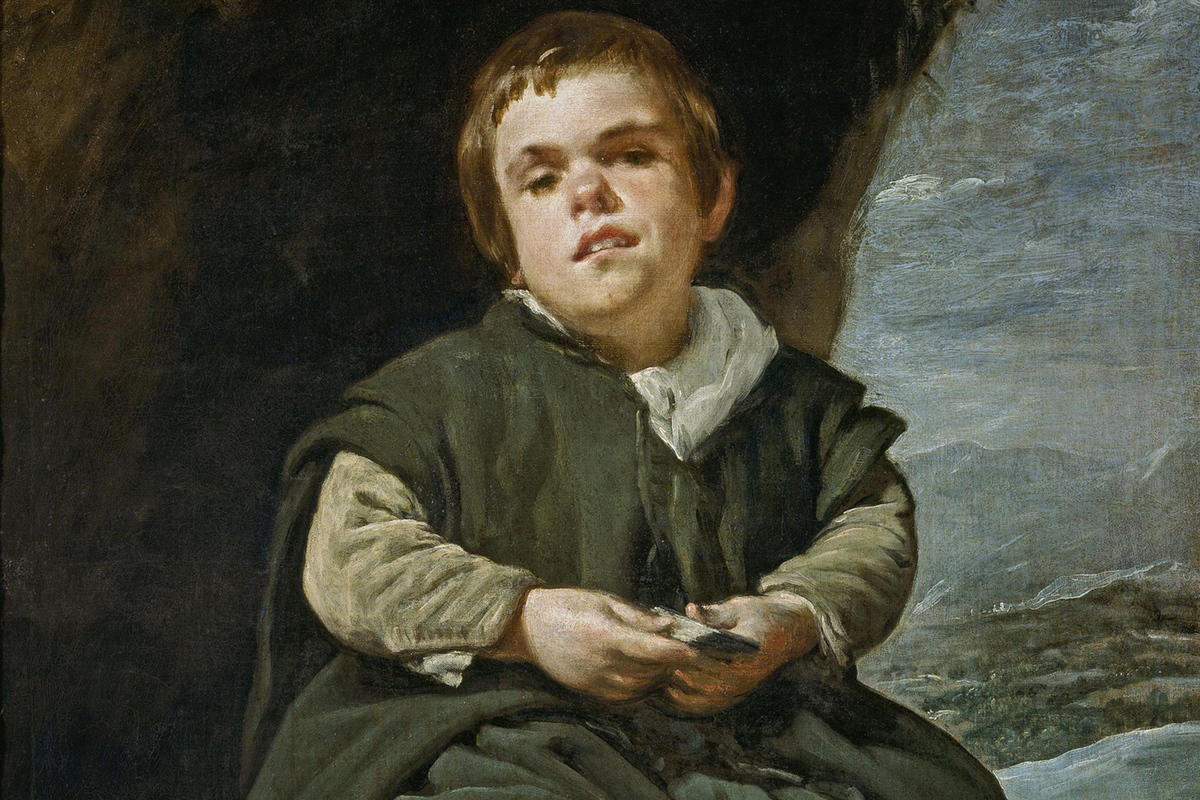The Prado Museum decided to politically correct rename thousands of paintings
[ad_1]

Velazquez’s dwarfs will become “people with disabilities”
Spain’s main Prado Museum will rewrite about 28,000 descriptions of famous works, and also rename the titles of about 1,800 works of old art. For example, they will edit Diego Velazquez’s “Jesters” series. The words “dwarf” and “disabled” will be replaced by the politically correct phrase “person with disabilities.” This decision was made due to a change to Article 49 of the Spanish Constitution, concerning people “weakened” from a physical or mental point of view, which has already been approved and is about to come into force.
The first consequence of the legislation is a major renaming of works in the Madrid Prado. The works of Francisco Goya and Diego Velazquez will be adjusted. For example, in the Prado collection there is a work by Goya, where on the slab it is written: “The sleep of reason produces freaks,” which is also the name of the engraving itself. However, now it does not fit into the new Constitution. And the court artist Diego Velazquez has a large series called “Jesters”. Fortunately, most of the portraits are named after those who are depicted in them. The artist painted almost two dozen court jesters, who, as was customary in the 16th century, were mocked by respectable ladies and gentlemen. Among the titles there are also the following: “Court Dwarf with a Dog” (it depicts Don Antonio il Inglés) or “Dwarf Micho”. Now they will probably be called “Disabled Man with Dog” and just “Micho”.
The description of Velazquez’s famous work depicting the court dwarf Francisco Lescano, also known as “The Child of Vallescas” (1643-45), will also be edited. This is one of the most poignant and famous portraits in the “Jesters” series. Francisco is depicted tragically, with a sad, not at all playful look. Researchers believe that a large head, a large goiter, and wide-set eyes indicate that he suffered from cretinism (an endocrine disease caused by a lack of thyroid hormones, which leads to delayed physical and mental development). The name of the disease, which is in the description, is going to be edited.
There are also fragments that are simply crossed out. For example, an excerpt from the description of one of the works of Velazquez’s “clown” series reads: “One of the palace gnomes poses with an open book, the large size of which emphasizes his smallness.” Thousands of other names and descriptions are going to be adjusted using the same principle. The question is how far the “political correctness” of the Spaniards will go. Wouldn’t they consider Bosch’s works, which are entirely blind, deformed and disabled, offensive?
“The intention of the Prado Museum to rename some of the paintings, replacing the words “dwarf” and “disabled” in the titles, so as not to “traumatize” visitors, demonstrates another attempt to rewrite history, literally to pretend that some phenomena or events simply did not happen. The complex, even tragic fates of the characters in the films, as well as the history of Spain in principle, will not change if we use softer terms. Just as centuries of the slave trade will not disappear because blacks will be called African-Americans,” says researcher at the Institute of Art History, art critic Inna Pulikova.
It’s a strange thing, half a century ago on the streets of Europe you could find a human zoo where black children from Africa sat and were treated like monkeys. From the 18th century to the beginning of the 20th century, itinerant theaters of actors with physiological abnormalities were the norm, as evidenced by the film Freaks (1932). How quickly will this centuries-old part of European history be forgotten or rewritten?
[ad_2]
Source link






